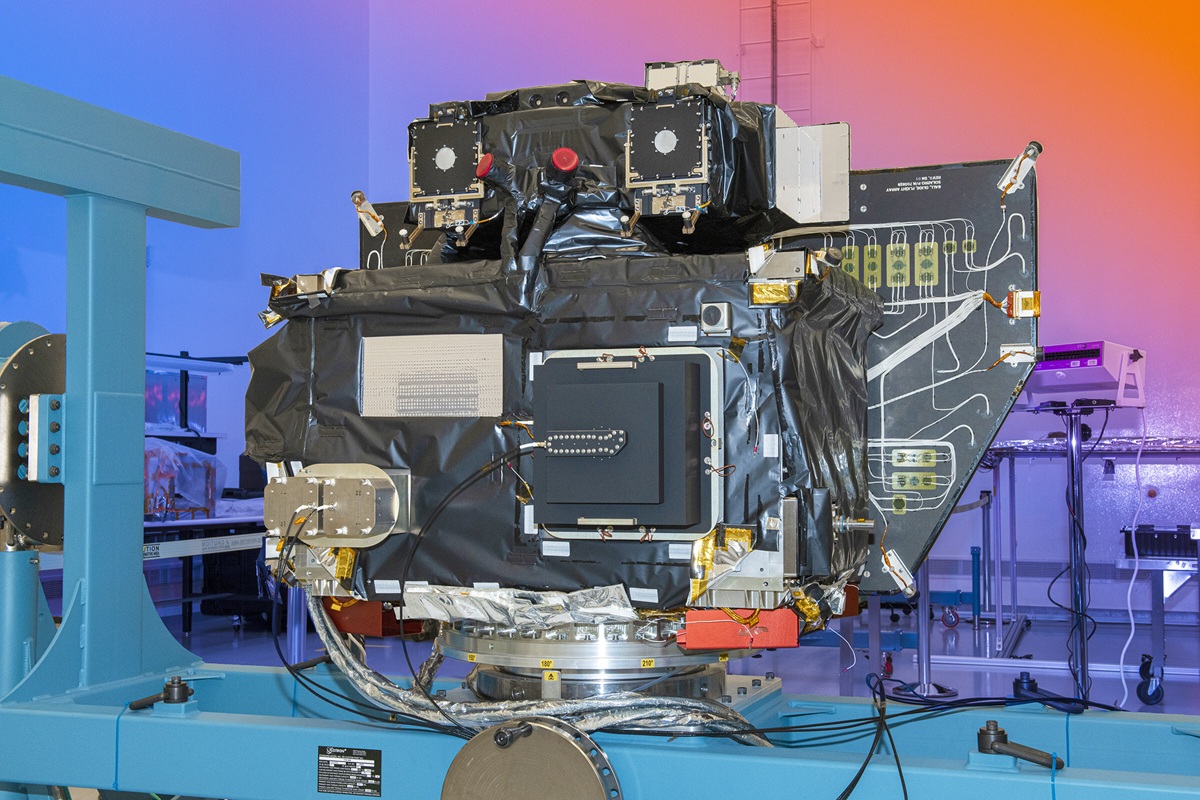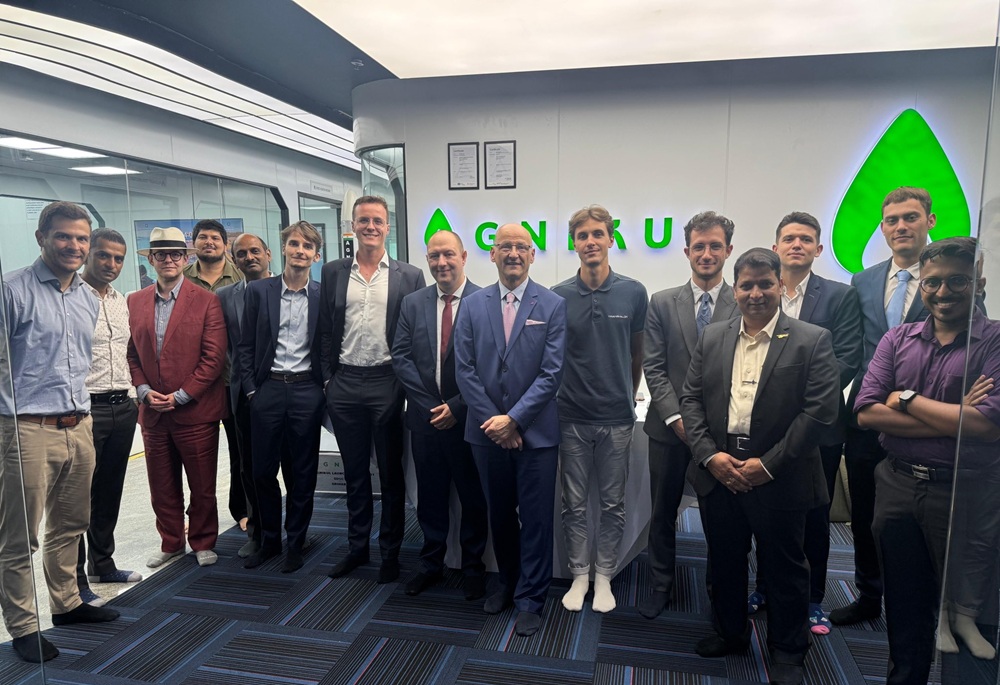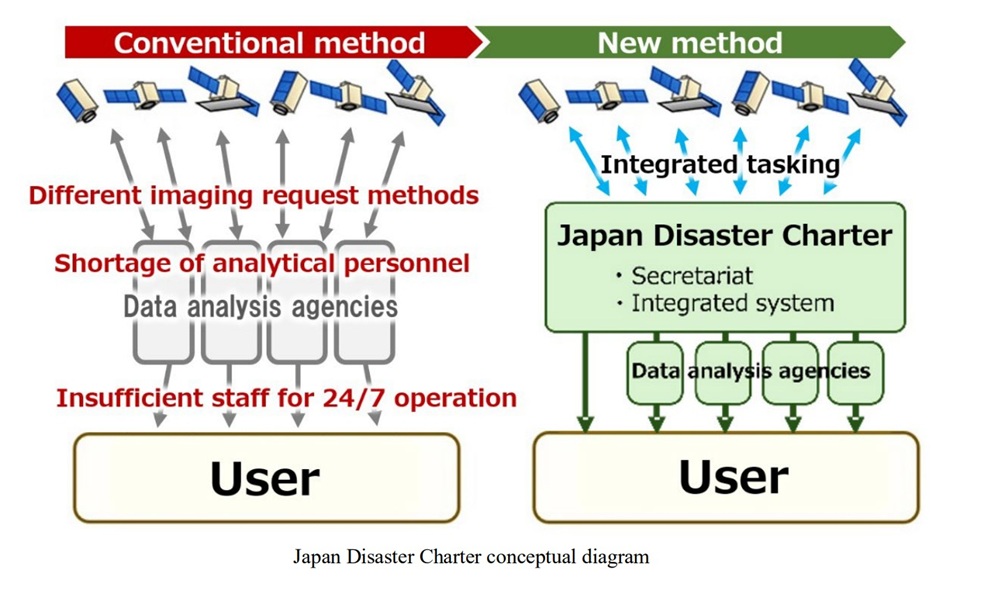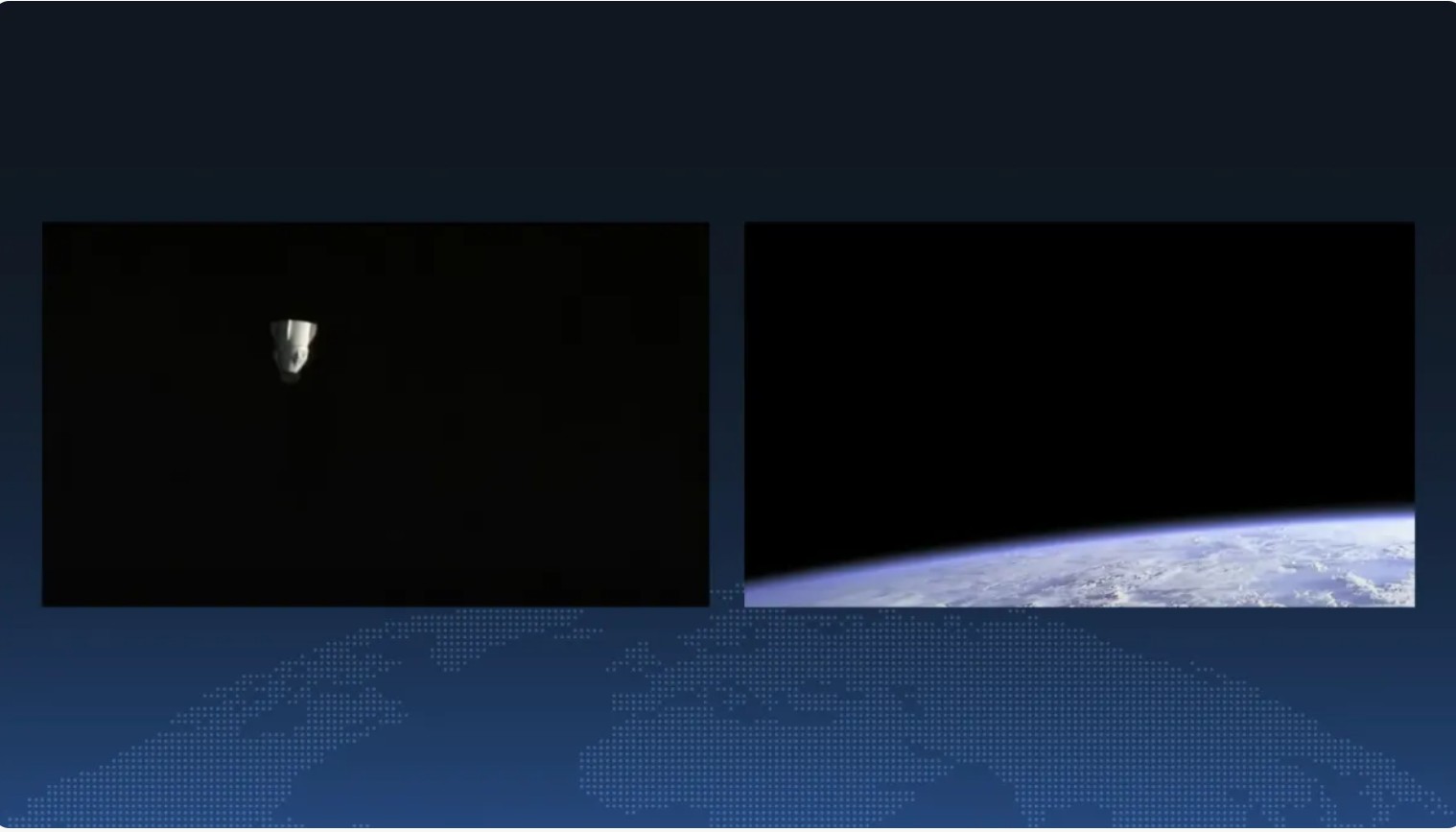Broomfield, Colorado: BAE Systems has successfully delivered two state-of-the-art satellites—the NOAA’s Space Weather Follow On – L1 (SWFO-L1) and NASA’s Carruthers Geocorona Observatory—to Florida’s Kennedy Space Center ahead of their anticipated launch this fall.
Carefully transported from BAE Systems’ Boulder, Colorado facility, both crafts are now set to join NASA’s Interstellar Mapping and Acceleration Probe (IMAP) on a shared launch, marking a new era in monitoring and understanding space weather phenomena.
“These new satellites will extend our knowledge of the Sun and its impacts on Earth,” said Bonnie Patterson, vice president and general manager, Civil Space for BAE Systems Space & Mission Systems. “The successful delivery of SWFO-L1 and Carruthers Geocorona Observatory marks a new era of discovery and space weather data that holds exciting promise, and we are proud to support these missions.”
Constructed using BAE Systems’ proven Evolve spacecraft platform, both observatories underwent rigorous testing for the extreme conditions of deep space. They are built to operate at Lagrange point 1 (L1), a stable position roughly 1.5 million kilometers from Earth, optimal for real-time space weather monitoring.
SWFO-L1 will play a crucial role in tracking coronal mass ejections and monitoring solar wind. This data is vital for early warning systems intended to protect both terrestrial and orbital infrastructure from disruptive solar storms.

Meanwhile, the Carruthers Geocorona Observatory will investigate the dynamic influence the Sun exerts over the Earth’s exosphere throughout varying solar activity periods. The mission is named for ultraviolet astronomer Dr. George Carruthers, and represents a collaborative effort among the University of Illinois at Urbana-Champaign (with Dr. Lara Waldrop as principal investigator), the University of California, Berkeley, and NASA’s Goddard Space Flight Center.
The SWFO-L1 observatory is a partnership effort led by NOAA’s National Environmental Satellite Data and Information Service (NESDIS) with strong collaboration from NASA’s Goddard team. The Carruthers Geocorona Observatory brings together leading space science institutions to deepen scientific understanding of near-Earth space weather impacts.
BAE Systems has also provided comprehensive training for mission flight operations teams and will continue to support the satellites during operational phases.
With this delivery, BAE Systems further cements its role as a key integrator for scientific missions. Past achievements include support for landmark projects such as the Hubble Space Telescope, Chandra X-ray Observatory, James Webb Space Telescope, Nancy Grace Roman Space Telescope, NOAA-20 and NOAA-21 satellites, and the Suomi National Polar-orbiting Partnership.
As SWFO-L1, Carruthers Geocorona Observatory, and IMAP prepare for their joint launch, scientists anticipate a leap forward in early space weather detection, forecasting, and a deeper understanding of the Earth-Sun relationship—advancements critical for protecting technology, infrastructure, and life on Earth.





